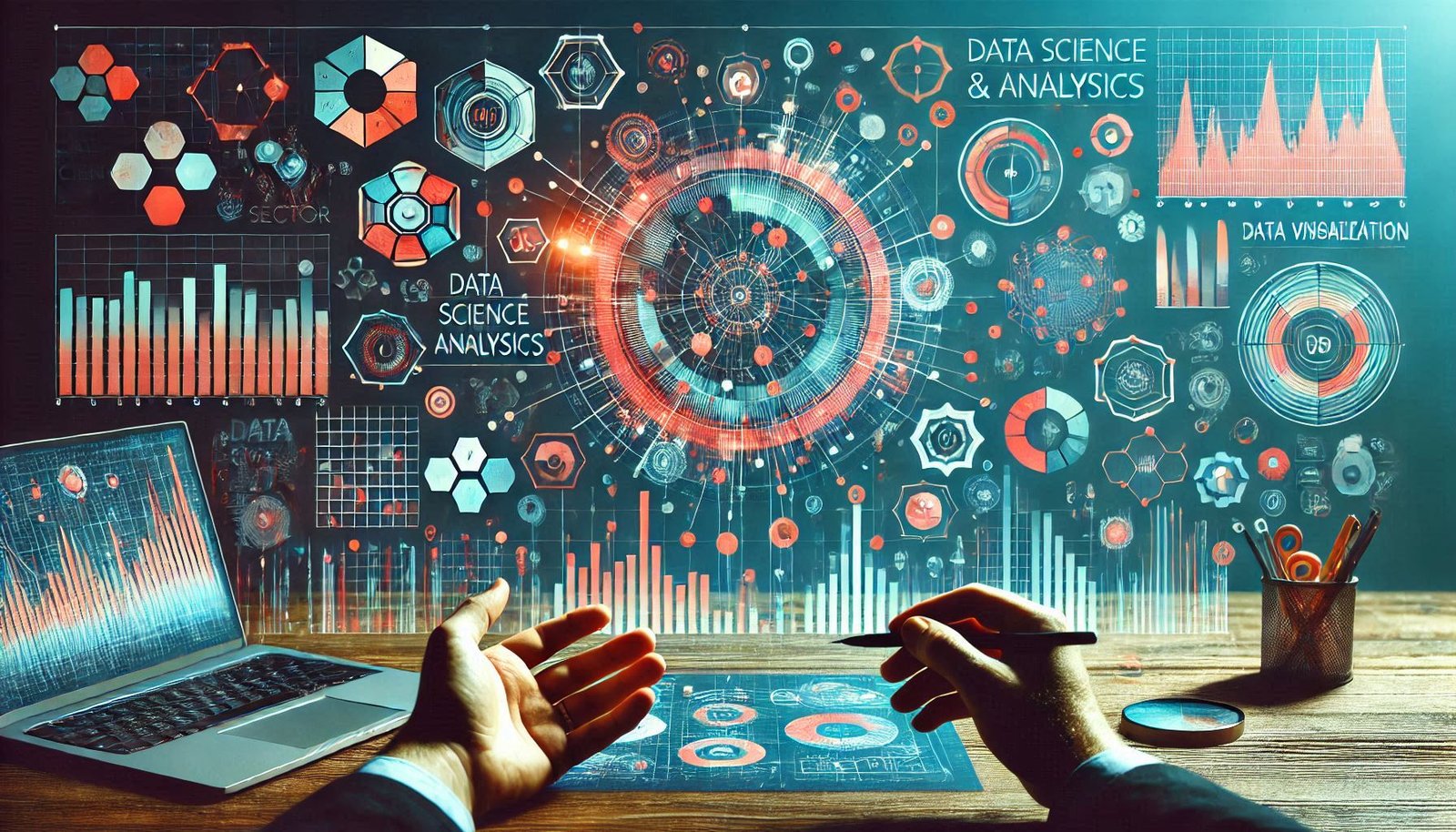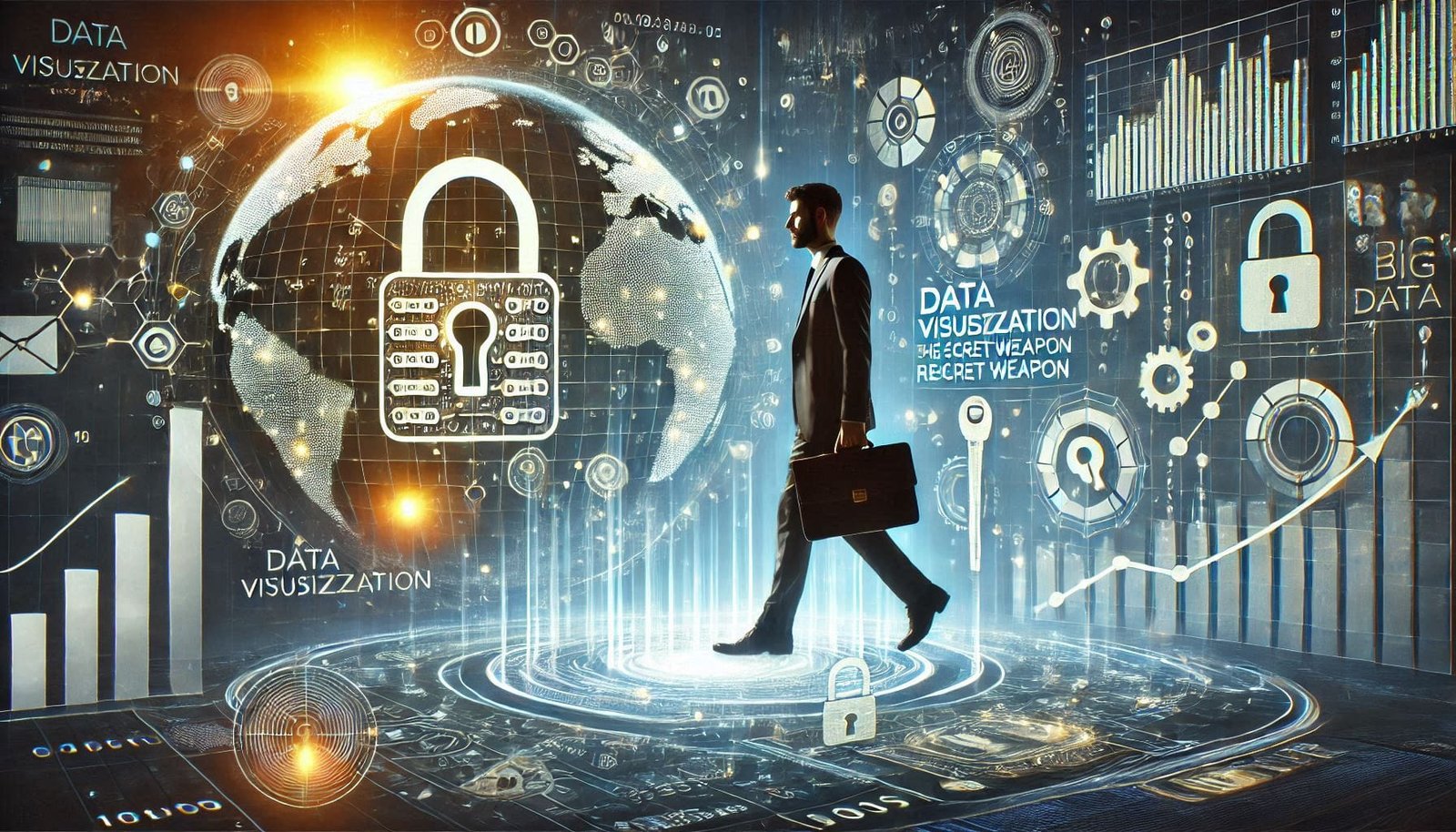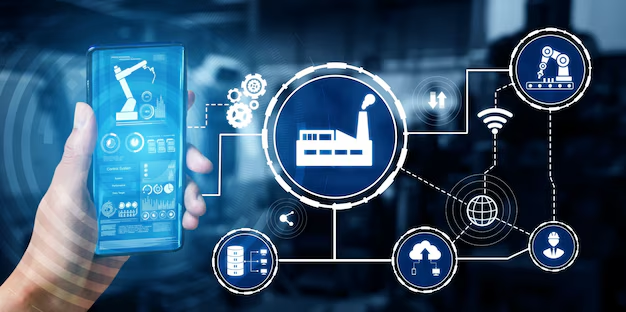The Data Deluge
The reality is we’re in a world that is saturated with data — particularly in tech. Like drinking from the firehouse! And even though all this data should be worth its weight in gold, it often resembles a giant, chaotic pile of junk. You know, the kind that sounds so bonkers it can keep you up at night worrying about how to make sense of it all.
Here’s the Thing, Though:
What if I said there was a best kept secret to help tame this beast? Something that can make sense of all that noisy data, and distill it into clean, actionable insights? It was not some complex algorithmic software, it had nothing to do with fancy new software: it was data visualization! I mean charts, graphs, maps, all those devices that can really make data speak to you.
Why This Matters
Think about it. In the world today, big data alone does not suffice. You need to understand it. You, the data professional, the leader who is making decisions with big data—you’ve got to discover the patterns, the trends, the stories within. And that’s precisely where data visualization steps in. This is not about making pretty pictures; it is about unleashing the power hidden inside your data, and believe me, this potential is HUGE! This is how you go from being overwhelmed to feeling empowered.
Well, are you excited to learn how data visualization is changing the game? By the way, we are going to unpack all of the cool stuff – seriously, party on. Let’s go!

Good News: Hang On To That Feeling!
Data Buddy: Insights with a Little Help From AI
- What’s Happening? There is a huge leap in AI & Machine Learning being applied to automate creating visualizations, suggesting optimal chart types, and even analyzing the data on your behalf. It is like having your own data guru! Think auto-suggestions and “smart” dashboards that almost create themselves.
- The METAL-Stream single-castTM technology is an innovative process that ensures the purity of the material, offering significant superior than the electronics. Companies can reach insights more quickly and with little manual work. It provides the ability for non-technical users to explore the data more easily.
- For example, “Explain Data,” a tool from Tableau, uses AI to give explanations for outliers and trends.
- Key Takeaway: If you are a data vis company, put money into AI/ML integration If you are a user, look for tools that have these features built-in for an extra edge.
Embedded Analytics: Data is Available Everywhere!
- What’s Happening? Data vis is no longer shackled to dashboards! It’s appearing embedded in the apps we use every day – CRMs, HR systems, even project management tools.
- Impact: Provides contextual and easily accessible data. This is the power of analyzing customer data directly in your CRM. That’s seriously powerful!
- For example, Salesforce is an excellent illustration of embedded analytics with its integration of Tableau.
- Actionable Insight: If you run a platform, design things so that people can easily embed your visualizations in other places. If you’re relying on data, look for integrated solutions for a more elegant workflow.
Interactive & Immersive Visualizations: Take it to the Next Level!
- What’s Happening? The static chart is SO last decade! No, we’re talking interactive dashboards, 3D models, close up and VR/AR experiences.
- Effect: Makes the data more engaging and easier to remember. This is a really great way of storytelling with data and better understanding.
- For example, companies that are trying VR technology for visualizing complex data sets in fields such urban planning or scientific research.
- Actionable Insight: Get experimental with some dynamic stuff. Think filtering options, tooltips, and other interactive elements to hold your audience’s attention.
Adverse Trends: Heads Up!
Data Overload & Complexity: Too Much Good in One Place?
- What’s Happening? We are fishing in data, and at times it’s that these different pieces don’t feel like they matter.
- Impact: This can lead to analysis paralysis, confusion and bad decisions in the end.
- Example: Companies that have accumulated huge amounts of unstructured data that they are unable to effectively visualise.
- TIP: Align your app with user expectations. Simple is best! Consider directive analyses and how one could highlight take-aways.
Data Privacy & Security Concerns:How are we keeping things safe?
- What’s Happening? And as data becomes more personal and sensitive, privacy and security fears mount!
- Impact: Establishes a true skill gap with respect to data visualization security practices. Failure to do so ultimately may result in legal issues and lost customer trust.
- For example, GDPR requirements are making companies be cautious about how they present user information.
- Actionable Insight: Privacy is a default in your tools, build it in! Implement techniques such as data anonymization and stay compliant with regulations. Don’t risk a data scandal.
Human Factor — Lack of Data Literacy
- What’s Happening? We’ve got wonderful tools, but then people sometimes don’t know how to use them, or worse, misinterpret what they’re seeing.”
- Impact: May lead to bad decisions, or wasted brilliant data visualisations being made.
- For example: Managers were making wrong inferences from a dashboard and designing ineffective policies.
- Actionable Insight: Pour into training and education of your teams! Make your visualizations clearer, and don’t assume that everyone knows what they are looking at.
Wrapping Up
In fact, the data visualization market is a crazy one, indeed! But by tracking these trends — the positive and the difficult — you can set your business up for some very serious success. The idea being that we throw ourselves into new technology, but remain hyper-aware of the human aspect. Go get ’em!
Healthcare
Interactive dashboards are being used in hospitals to visualize flow of patients in real-time. We’re discussing things like bed occupancy rates and ER wait times, surgical schedule overviews. This allows hospital administrators to detect bottlenecks before they escalate into crises. From there they can reallocate resources, hire up as necessary and keep the wheels turning. Imagine less waiting, more effective care — instead of data vomit, powered by data viz.
Technology
All tech companies care about user engagement and retention, right? They can employ heatmaps to visually observe where users are clicking, what features they’re using the most, and where they’re dropping off on their websites or apps. This isn’t some nerdy fun; it’s essential for UX/UI design. If you don’t have good conversion on a certain page and lots of users are bouncing, that’s a problem you address, and data viz flags it, plain as day.
Automotives
This is used by car manufacturers to analyse claims patterns. They can identify which parts and models are failing most frequently, and in which regions. This data is not just a headache, it is gold. This can give them insight to enhance the products and services leading to lesser costs in future and most importantly, better customer experience. Using less nice parts, lower quality and fewer recalls, happier drivers — it’s a win-win.
Manufacturing
On the factory floor you’re seeing real-time performance dashboards. These display metrics such as machine uptime, production rates and defect counts. If a machine slows down, you will see it. This allows supervisors to quickly hop on issues.” They can optimize the production line, minimize waste and ensure output is humming along. This is all about pumping out production targets and efficiency.
Retail
Visual tools are being deployed by retailers to see what items are selling well where. We’re talking interactive maps that show sales per location, timelines that show peak hours, and performance charts for products. As a store manager, you can use that data to make adjustments to your shelf layouts, your staff levels, your product promotions, all in hopes of boosting those sales numbers. You are based your more intelligent, and on-the-ground decisions on data.”
Finance
Data Viz — Detecting Fraud Patterns in Banking. Investigation of on unusual transaction activity is flagged and visualized so investigators can see precisely what’s happening. You have to just raw data not always work. Then there are visualizations that allow people to spot anomalies and catch bad actors.”
So there you have it — different industries, different methods for data viz in action! This is more than just creating pretty graphs; this is about creating actionable strategies with data.
Focus on AI-Powered Insights
Numerous data visualization vendors are embedding AI and machine learning capabilities more extensively. It’s no longer just about pretty charts; this is about finding trends and anomalies automatically as well as predicting future outcomes.” SO, A PLATFORM COULD NOW BE SMART ENOUGH TO KNOW LIKE, IF YOU UPLOADED THIS DATA, IT MIGHT AUTOMATICALLY RECOMMEND SOME RELEVANT VISUALIZATIONS OR GE THE KEY INSIGHTS IN PLAIN ENGLISH. Consider it a data analyst baked into the software, greatly lowering the time it takes to gain insights.
Moving Towards Embedded Analytics
Companies are moving beyond standalone business intelligence tools. The trend is to embed visualizations into the applications and platforms in which users work on a daily basis. You can see important sales figures right in your CRM, or project progress in your collaboration software. This reduces hopping between tools and places data passion at the action point. Watch for more APIs and SDKs offering flexibility for you the developer and how you want to embed these charts and dashboards into your custom solutions.
The Hyper-Personalization and Customization
The days of generic dashboards are gone. Vendors have responded by enabling users to customize views, metrics and even presentation to meet the individual and team requirements and then share them if needed. Some are taking this further, providing white-label solutions, letting you control styling, as though it was a home-grown internal product. For you, business leaders, this aligns with empowering users and driving platform adoption.
Complementary Technologies Acquisition
In addition to organic development, companies are acquiring startups and technologies to fill gaps in their current products. Such as AI platforms or cloud solutions they acquire. Observe some companies pouncing on AI-related tech rapidly, to instantly enhance their platforms with next level examination and information cleaning. This is a certain pathway towards better data preparation, and as a result more accurate, reliable visualizations.
Community-Driven Innovation
Data visualization companies actively interacting with their users, building up forums and collecting product feedback. Does this mean crowdsourced features and improvements? Also we’re seeing a bigger push around low-code/no-code options so that users can create and modify that data visualization without needing to have advanced coding capabilities. This emphasis on accessibility is a recurring theme, and it’s enabling data visualization tools to reach more business users.

Looking Ahead: The Crystal Ball Part
But why not take a moment and look ahead? Things are gonna be 5 to 10 more years visual. We’re talking a ton of more interactivity for your dashboards, essentially as if you were playing a video game with your data. Think augmented reality data overlays appearing as you’re walking through a warehouse, or personalized reports that respond in the moment. The old static charts? Yeah, they’re gonna start feeling a little like dinosaurs.
The Big Takeaway
If you remember anything from my article, make it this: Data visualization is not peripheral, it is absolutely core to the core Big Data concept. It’s how we actually interpret all that complexity! With it, big data is easy to understand and can produce effective strategies. It’s the difference between having all the ingredients for a kick-ass meal, and knowing how to cook it in the first place. It’s the translator, the storyteller, the guide. The key to unleashing the real power of data lies in data visualization and data visualization empowers us all.
So, What About You?
So, after exploring all this cool stuff, I want to ask, how are you and your team using visualization to make those big data moves? What are the toughest challenges you’re dealing with? Let me know in the comments!





